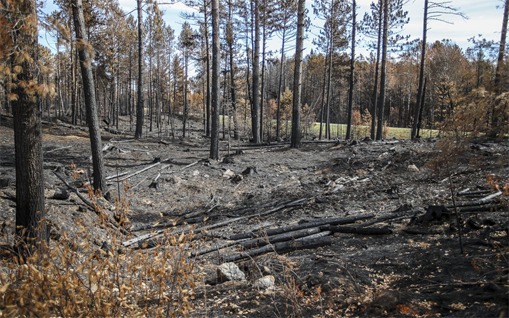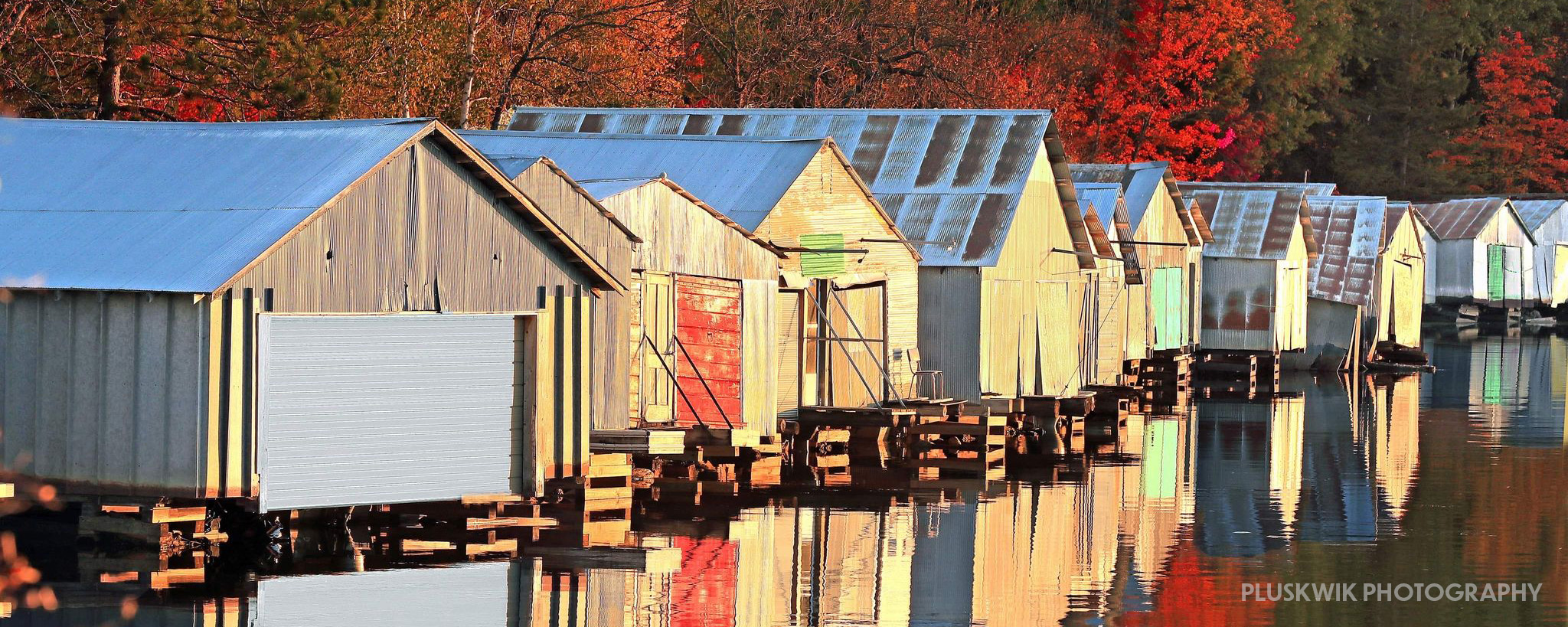Mother’s Day Fire 1992
The Mother’s Day Fire of 1992 is a true story of personal heroism played out in the midst of the fire’s fury. DNR AND Forest Service fire crews, volunteer fire departments, and neighbors all pitched in to save most of the homes along County Road 26, Highway 169 and elsewhere in the vicinity. It’s a story that needs to be told as part of our city’s historical record.
The Mother’s Day Fire of 1992 is a true story of personal heroism played out in the midst of the fire’s fury. DNR AND Forest Service fire crews, volunteer fire departments, and neighbors all pitched in to save most of the homes along County Road 26, Highway 169 and elsewhere in the vicinity. It’s a story that needs to be told as part of our city’s historical record.
It was Mother’s Day and the opening weekend of fishing season. Many area families had gathered together to celebrate Mother’s Day and spend time on the lake. Hundreds of people were fishing on Lake Vermilion and many lake residents were busy opening their cabins for the season. It was a perfect day; warm and sunny.
What folks did not realize was that persistent dry conditions in the area had created an ideal setting for a forest fire, and an idyllic Mother’s Day turned into a terrifying day of disaster. That afternoon, smoke and fires to the south and west of Tower were spotted by fire tower personnel and the Forestry Detection Flight. Within an hour of being reported, local firefighters and DNR crews, along with volunteers and air support, were at the scene fighting two separate forest fires that would blacken over 7,400 acres.
The first fire reported, which began a quarter mile northeast of Black Bear Café, ten miles southwest of Tower, raced to the north along Highway 169. A downed powerline was the cause of the fire. Minutes after the first fire was called in, a second blaze was reported near the Saari farm in Pike Township, eight miles south of Tower. This second blaze, which eventually stalled out just a half mile west of Tower, proved to be the most destructive of the two fires.
Whipped by 40 mph southwest winds, the fires raged out of control. High winds and inaccessibility to the areas were a deterrent to the firefighters. With “extreme” fire conditions, fire behavior was described as “erratic” and burning debris from the advancing fires were blown ahead creating numerous “spot” fires, which helped spread the blaze. These conditions allowed the fire to spread across almost a half mile of water at the Pike River Flowage. The DNR reported the second fire that threatened Tower traveled eight miles in eight hours.
Highway 169 was closed in both directions to all but emergency vehicles. Highway 1, which was the only other route out of the area at the time, was also closed as the fire neared and eventually spread over the road. Travel on County Road 77 was discouraged. Residents along Pike Bay Drive were warned to prepare for possible evacuation, as were residents on the Koski Road, Highway 1 and the Holter Road.
Homes were also evacuated along Highway 169 just west of Tower, as the flames from the second fire approached from the south and eventually crossed over the highway less than half a mile from the city. Plans were also underway to evacuate Tower itself, until weather conditions improved later in the evening.
The scale of the deployment was massive, with over 30 fire departments responding to the blaze, some from over 100 miles away. Heavy equipment brought many area mining companies, area loggers, and equipment operators on the scene by late afternoon to construct the fire lines. Three water bombers, along with spotter planes, and a 7,000 gallon tanker from Cook were deployed. The complexity of the blaze was made even worse by the fact that seven fires were burning in the Tower area by late afternoon. Trying to coordinate control efforts on a moving target was the most challenging part of the job.
As dusk neared, the winds died down and clouds of an approaching cold front moved in from the west. By 9:00 pm light rain had begun to fall over much of the area, and a wind switch to the northwest all but stopped the fire’s advance. Still, the fire was far from contained and crews worked through the night.
By Monday morning, after a night of rain, conditions had improved substantially, however, the fire—dubbed as the “Vermilion Complex”— was still classified as uncontained. Thirty-one dozer crews, plus over 150 firefighters from as far away as Montana and Wisconsin, worked throughout the day, constructing fire lines, protecting homes and putting out what fire remained.
Their efforts were aided on Tuesday by a second day of frequent showers and low clouds and the fire was described as contained. By Wednesday evening the fires were confirmed as controlled and the mop-up operations and a 35-mile fire line had been established.
Property along Co Road 26 sustained the worst damage from the fire. Three homes were destroyed along 26, with thirty-two garages, outbuildings and vehicles also lost. Walls of flame, whipped by wind, easily jumped the east-west road and raced northwards, and left a two-mile wide swath of destruction. A 4th home was destroyed a mile north of 26 along the Wiseman Road.
Vermilion Lake Township faced the brunt of both fires with nearly a fifth of the entire township blackened. Property damage in the entire area of the fire was estimated at $250,000; estimated timber loss at $500,000 and the cost to control at $250,000.
Fortunately, most homes in the fire’s path escaped destruction and many of the homes were saved despite being surrounded on all sides by flames. Thanks to the efforts and bravery of local fire departments, Forest Service crews, water bombers and volunteers, the firefighters stubbornly refused to abandon most homes, even in the face of blinding smoke, intense heat and life-threatening danger.
Thanks to The Timberjay, May 18, 1992 for information for this article.

